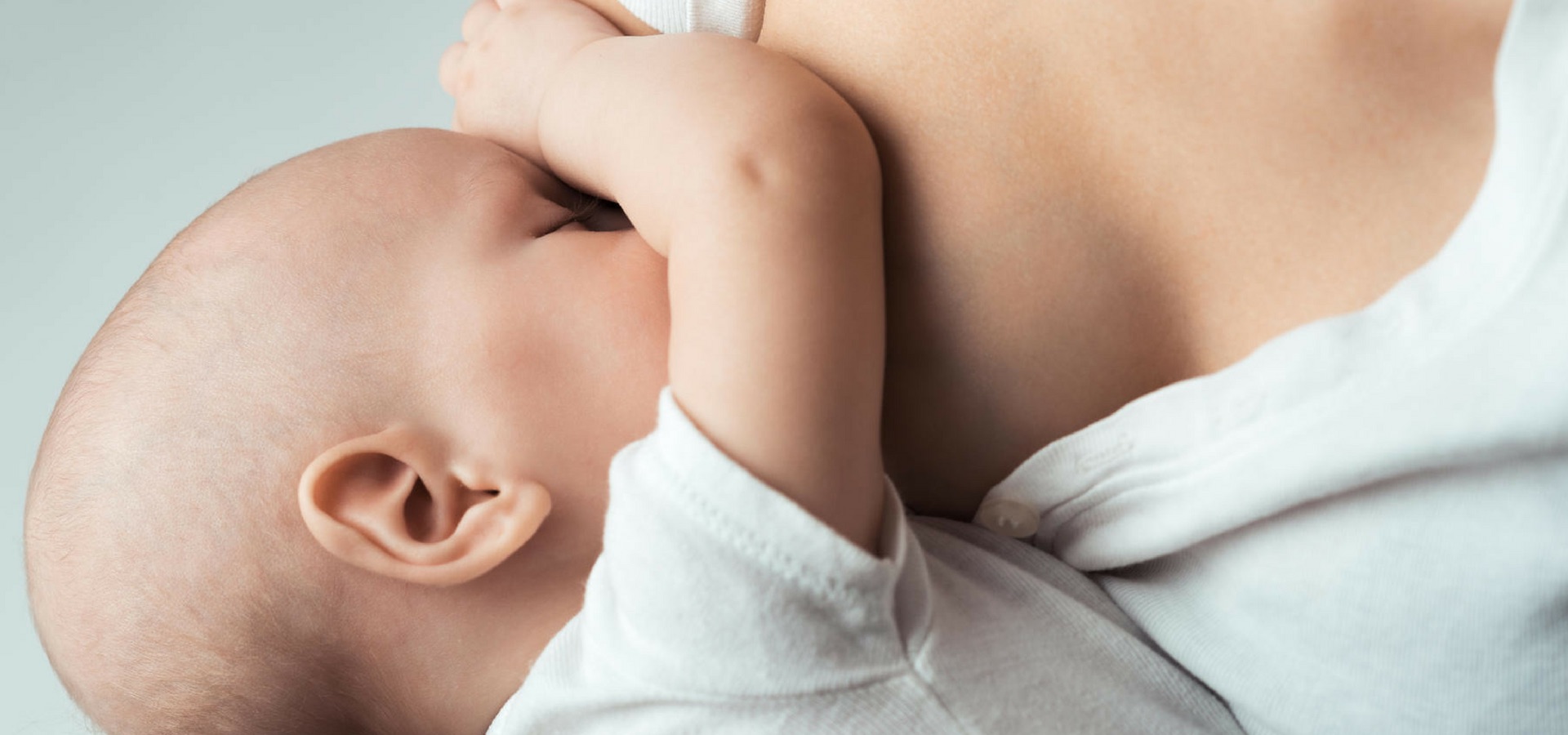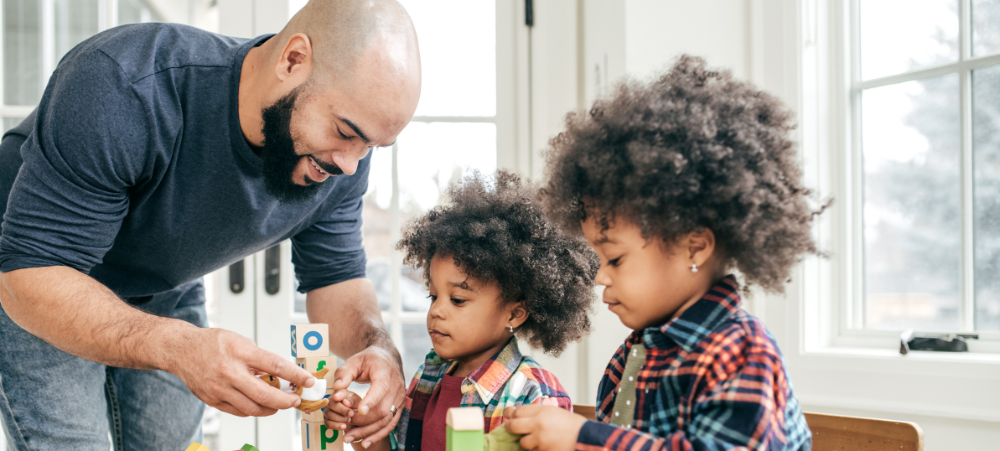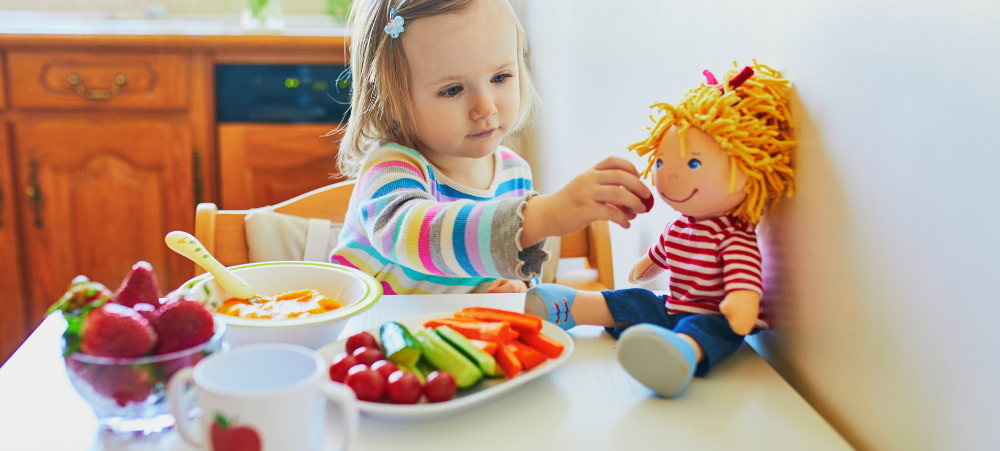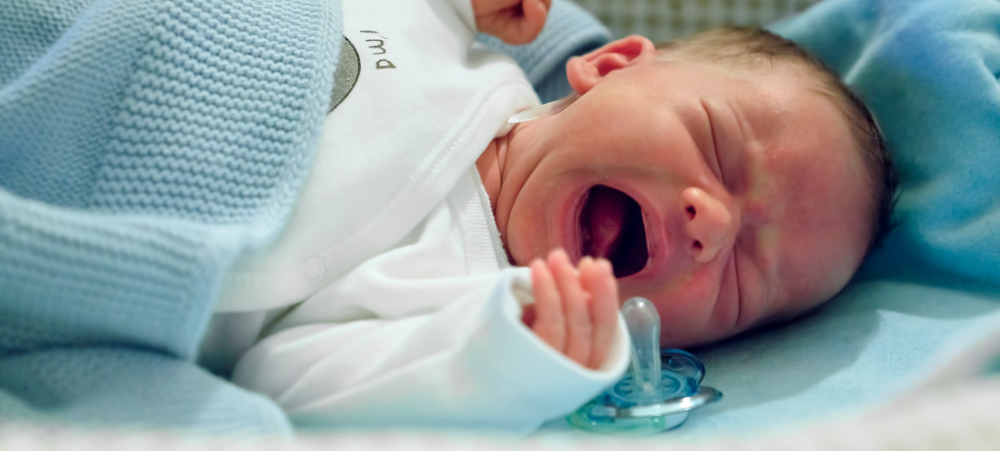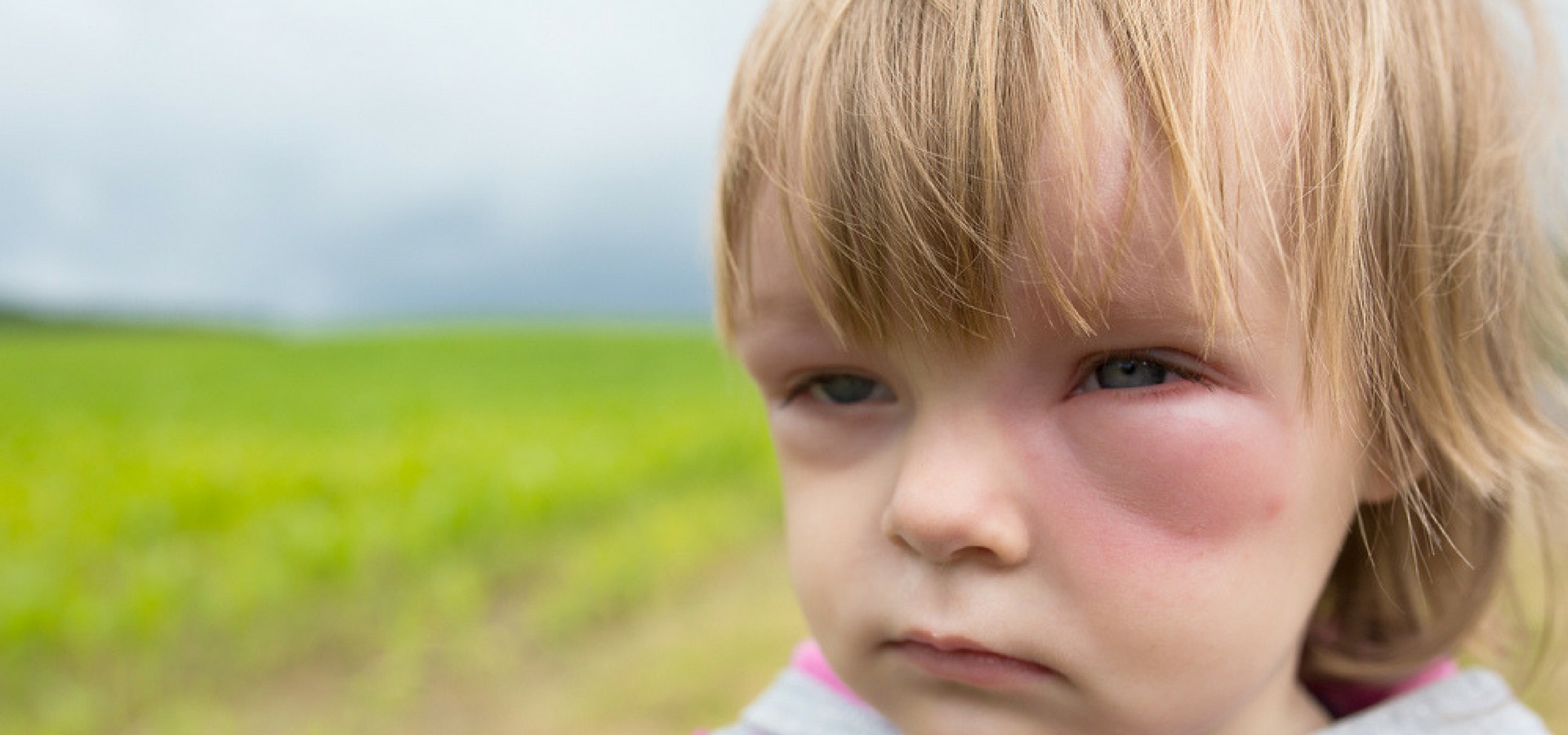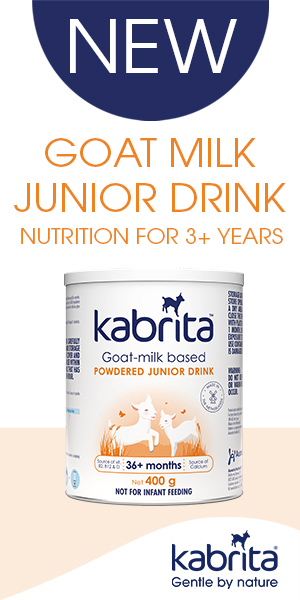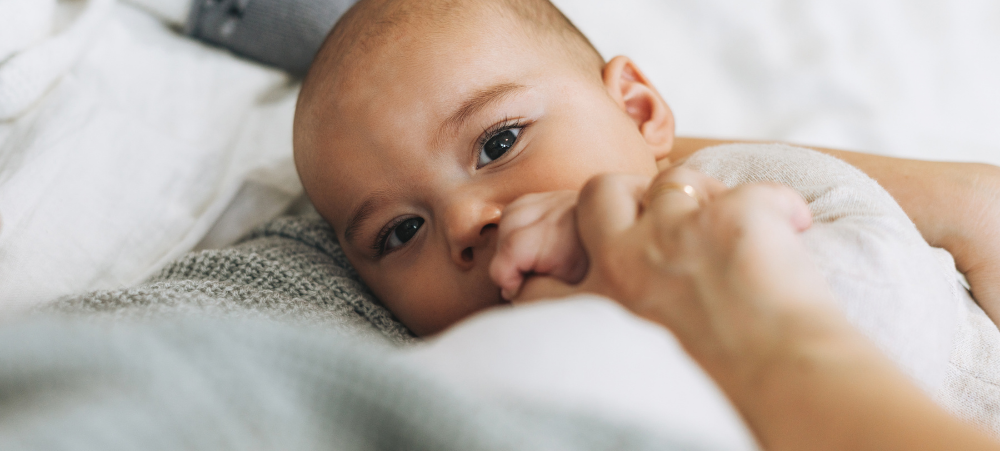
The Basics of Breastfeeding
Breastfeeding has been shown to have major health benefits for both the mother and child but despite this, breastfeeding may not always come naturally to new mothers. Life Healthcare therefore actively encourages women to consider exclusively breastfeeding their babies during the first six months of their lives. There are two essential ways to prepare for breastfeeding ahead of the birth. Women should start by attending a breastfeeding class conducted by a certified lactation expert. They also need a breastfeeding plan, which should include what to do during the first hours following birth, where to get support if needed and what to do if the baby has special needs, and so on. The advantages of breastfeeding include protecting babies from some of the biggest killer diseases of infants and children in South Africa – diarrhoea and pneumonia. Breastfeeding is also associated with improved development and educational achievement. However, babies are not the only beneficiaries. Breastfeeding after birth helps the uterus contract and reduces the mother’s postpartum blood loss. While there are a number of benefits to breastfeeding, there are also common problems that may limit a new mother’s desire to breastfeed. Breastfeeding problems can vary from structural problems of either the tongue or lips of the baby. In addition the mother may have incredibly sore nipples, there could be difficulties in latching the baby, or even low milk supply. Fortunately, almost all these problems can be sorted out with better support and the right advice – preferably from a certified lactation specialist. For latching problems, immediate action needs to be taken to find out what is wrong and it should be remedied. Mothers should feel reassured that although nipples may become tender during breastfeeding, painful nipples are not normal. Importantly, there should be a zero tolerance approach to the separation of the mother from her baby after birth. Separation causes anxiety in babies and there should be skin-to-skin contact between the mother and baby as soon as possible.. Dads can also get involved by attending breastfeeding classes with mothers so that they understand the process. They can certainly help with other baby chores too, including tummy time, burping baby, changing nappies, or of course making mom’s tea or running a bath. While there are numerous medical advantages to breastfeeding, it is important to remember that babies need food regardless. Mothers are therefore encouraged to follow a feeding programme that works best for both them and their baby. For whatever reason, some women may decide breastfeeding is not for them. If this is the case, they need not feel ashamed or guilty. Ultimately, mothers will do what’s best for themselves and their baby. Back-to-work breastfeeding tips: When women return to work their breastfeeding schedule may get derailed. Here are some essential tips to ensure a smooth transition. Don’t start pumping breast milk before the first six weeks. This is how long your body takes to adjust to producing milk. Most women produce 900ml of breast milk a day, although this number fluctuates between 750ml and 1050ml. Work out how frequently your little one feeds during a 24-hour period, and then divide that number by the amount of milk you produce daily, using 900ml as the average to find out how much milk you should be pumping. You don’t need to introduce bottles too early in the process – a couple of weeks before you return to work should be fine. Talk to your employer about incorporating pumping into your work schedule to relieve full breasts. Know the guidelines for storing milk. Milk that has been frozen loses some of its protective enzymes and antibodies, however it is still better than formula powder. Breastfeed ‘on demand’ during weekends and plan for more nighttime nursing.









